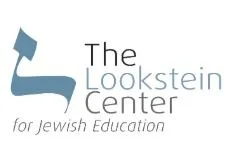Brian Dyson, former vice chairman and COO of Coca-Cola said, “Imagine life as a game in which you are juggling some five balls in the air. You name them — work, family, health, friends and spirit and you’re keeping all of these in the air. You will soon understand that work is a rubber ball. If you drop it, it will bounce back. But the other four balls — family, health, friends, and spirit — are made of glass. If you drop one of these, they will be irrevocably scuffed, marked, nicked, damaged, or even shattered. They will never be the same. You must understand that and strive for balance in your life.”
In schools professional demands abound, since we need to be present--both physically and mentally. Teachers need to be on site for both arrival and dismissal, teach on their feet between four and six periods a day, cover lunches and recesses, prepare unit plans and lesson plans, meet with supervisors, colleagues, parents, and individual students, grade tests, write report cards, and somewhere in there, they need to develop their content and their own professional practices and come up with creative ways to facilitate student learning. Teachers in Jewish day schools, in particular, are often expected to blur the lines between their professional and personal lives, taking “PTA meetings” at synagogue on Shabbat and working way beyond their contracted hours, because “it’s for the future of the Jewish community.” Or having awkward encounters with colleagues who happen to be their child’s teacher or running into a difficult parent at a kids’ soccer game.
These expectations alone are enough to burn anyone out. Now add to a teacher’s life a spouse, one or more children, a family member who is elderly or experiencing a health crisis, and we create the need for a 72-hour day.
How can the administrators in Jewish day schools assure a proper work-life balance for their staff?






















